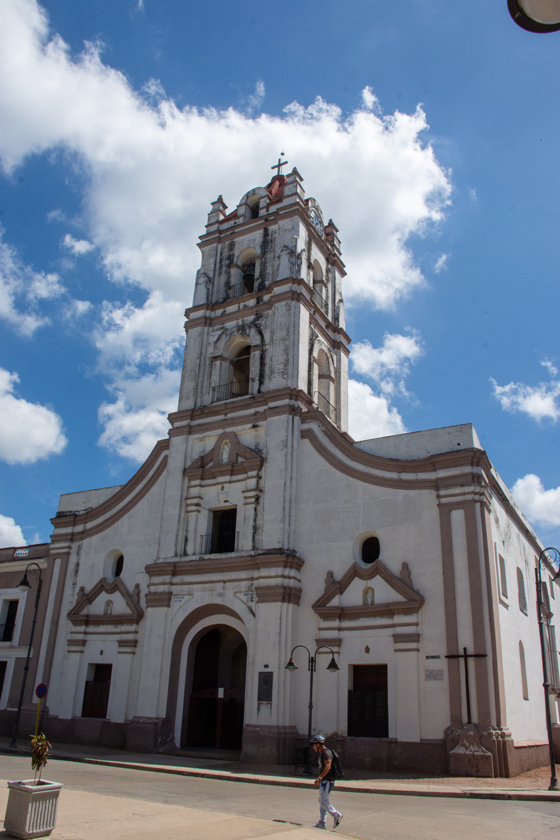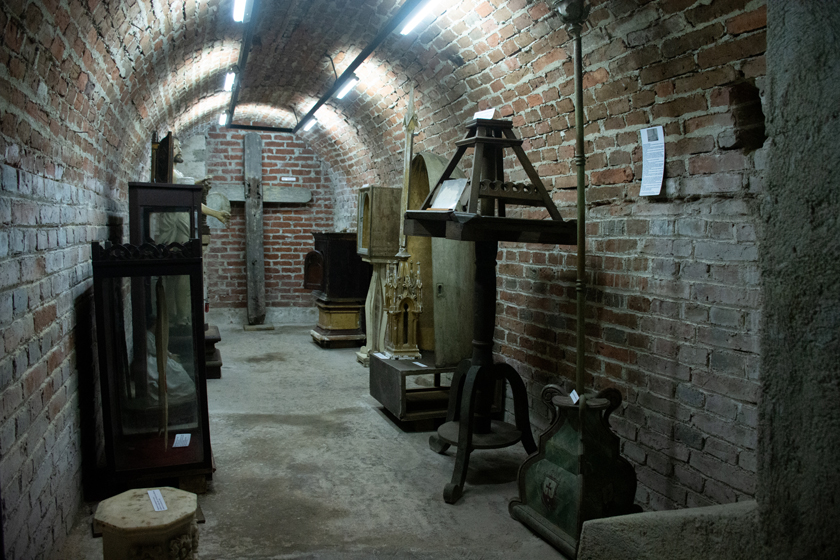
One rarely passes by the Church of Our Lady of Mercy, in the city of Camagüey, and thinks of death. The truth is that before the inauguration of the municipal cemetery, in 1814, the burials were carried out in small cemeteries at the foot of the churches or in a crypt under the High Altar.
In 1609, made of palm leaf and wood, the Convent of the Order of the Mercedarians was founded, dedicated to Our Lady of Altagracia, the previous construction of the temple, located in front of the busy Plaza de los Trabajadores, which is the largest religious building in the province.
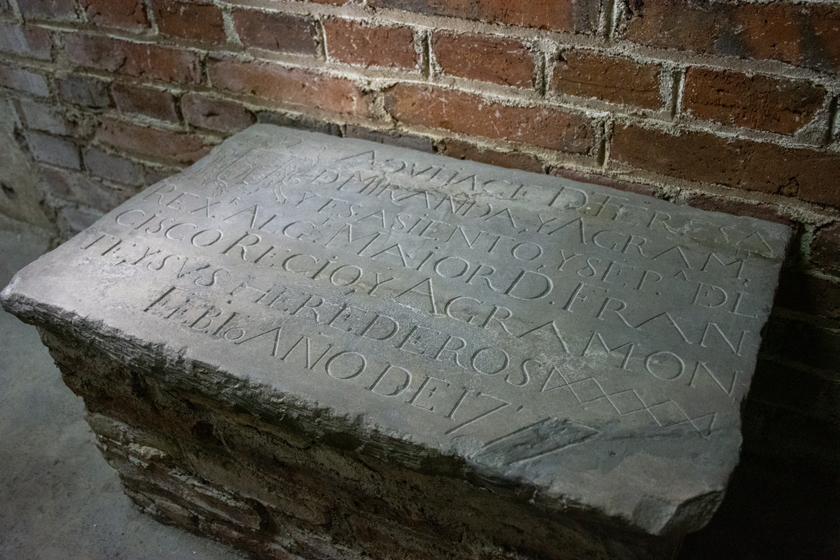
For the evidence of remains found in the courtyard of the convent it is presumed that there existed an additional holy field, but today it is preserved and is popularly known as "catacomb of La Merced", the only place of this type open to the public.
The amplitude of the church doors and the high height of the vaulted ceiling leave out the intense day to absorb only the gentle light that comforts the devotees. Its divine essence lingers as one approaches the entrance, where the sensation of amplitude is reduced to a small, dark cavern, although illuminated for visitors by artificial light.
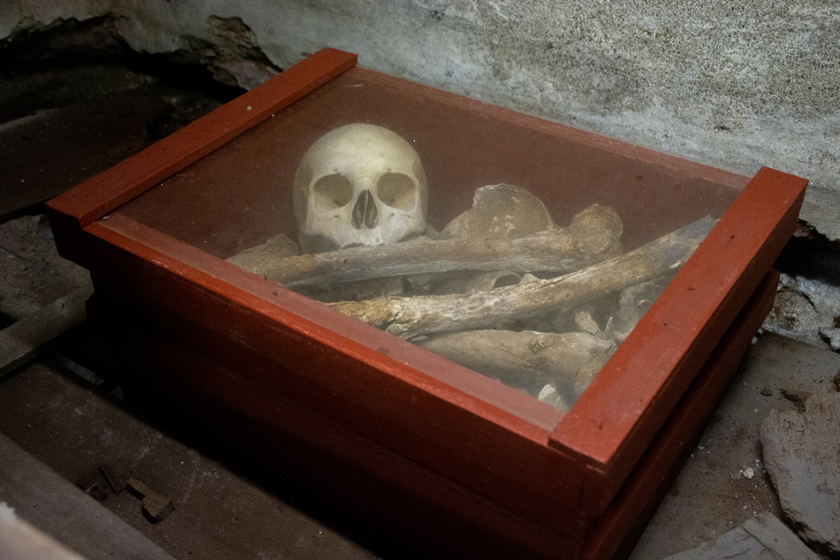
The temple has had multiple modifications, including that caused by a profane fire that in 1906 destroyed the High Altar and affected the cemetery, located below it, but surely the burials of the seventeenth century, the 18th and early 19th centuries have remained unchanged.
Upon entering the underground premises you are already walking on some of the walled graves, under the ground, and there are still several on the walls, pending exploration. Only the remains of a woman in her 20s and those of a baby in the same tomb are fully exposed, but the bones of the infant do not seem to correspond to a child of the deceased, but were placed there to make better use of the space.
The bones with their stories, the presence of ancient pieces, such as a tabernacle from 1773, and the isolation felt in this space induce, among other motivations, a strong impression of the past.
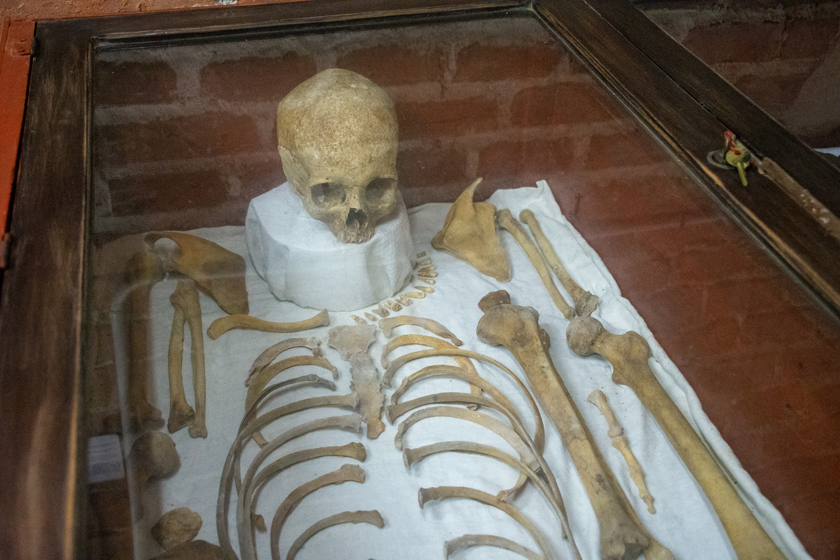
The small necropolis consists of three rectangular enclosures, connected by two doors of very low height in the form of an arch, as a passage through which the body must be bent to pass. The ceiling is concave and the absence of windows accentuates the oppressive feeling of the premises.
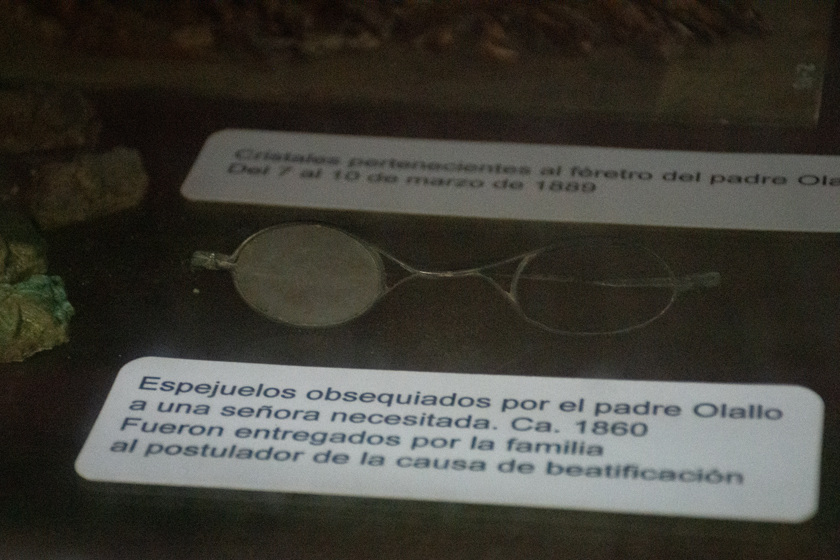
I imagine the smell of smoke enclosed here because of the candles used by the gravediggers and relatives of the deceased. I share the gloom with them, and I guess praying now to the Christ of impressive realism carved in wood, or in front of the great wooden cross, of 1748, is the oldest object preserved in the museum, except for the bare bricks of the walls, belonging to the original construction. Not so those of the ceiling, restored after the fire.
In this place lie mainly rich camagüeyanos who paid to rest immediately to the High Altar, very close to God, in an era deeply marked by the Christian faith, heritage of our conquerors.
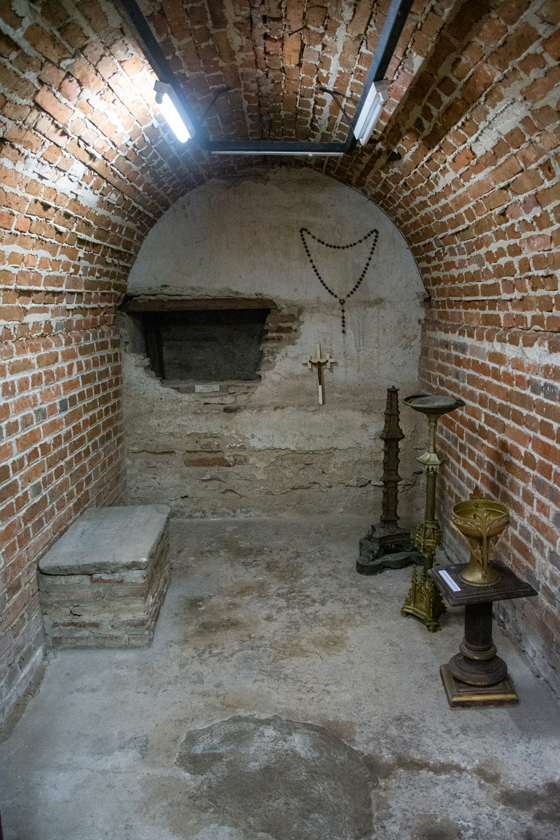
There is also the oldest tombstone known in the territory, dedicated to Francisco Recio y Agramonte dated 1777.
As in the rest of the churches of Camagüey, in Our Lady of Mercy there were numerous burials during repeated epidemics, including smallpox, typhus, cholera and yellow fever.

The corpses took away a part of the history of the city, like that of those people who saw the mud streets of Santa Maria del Puerto del Príncipe (Camagüey) invaded by the footprints of the cattle breeders and forgers of the origins of San Juan, which in the eighteenth century initiated one of the most enduring and popular traditions emerged in the Villa.
This is the hidden cemetery, underground, a few meters from the daily passage of the Camagüey people through the Workers's Square. (Text and photos: ACN)
